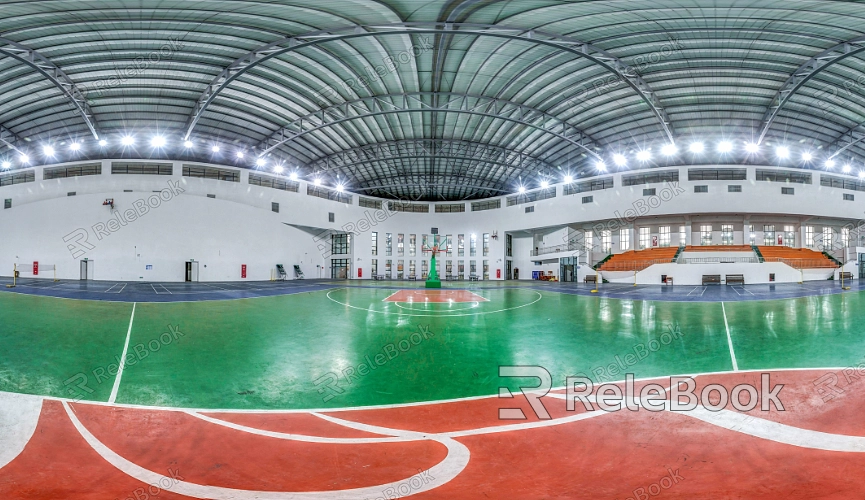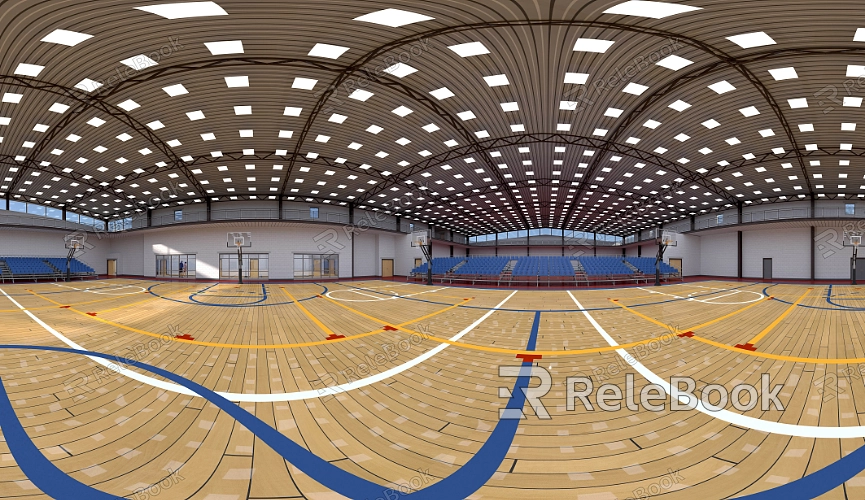What is the difference between HDR textures and normal textures in Unity
Unity is a widely-used game engine that supports various types of textures, including normal and HDR textures. HDR textures are favored for their ability to provide finer details in highlights, shadows, and color management. As 3D modeling and rendering designers, choosing the right texture type is crucial to achieving the best final render results. This article will explore the key differences between HDR textures and normal textures in Unity, helping designers make more informed decisions in their work.

1. Basic Concept of Textures
Normal textures are typically 8-bit or 16-bit images used for mapping and surface detail. These textures are stored in standard image formats like JPEG, PNG, or TGA, and are suitable for most rendering needs. Normal textures have a color range limited to 0-255, which makes them ideal for representing surface materials in a wide variety of scenes.
In contrast, HDR textures have a higher color depth and a broader dynamic range, usually utilizing a 32-bit floating-point format. This enables HDR textures to represent a much wider range of brightness and color, providing richer lighting effects—particularly in high-contrast scenes, such as outdoor environments under direct sunlight or indoor areas with high dynamic range lighting.
2. Color Depth and Dynamic Range Differences
Normal textures are limited in terms of the colors and brightness they can express due to their lower color depth. Typically, normal textures use 8-bit color depth, meaning each color channel (red, green, and blue) can only represent 256 different values. HDR textures, on the other hand, use a 32-bit floating-point format, offering far higher precision and a wider brightness range, allowing them to capture more detail—especially in highlights that normal textures often fail to represent.
In Unity, HDR textures are commonly used to represent environmental light sources or as input textures for reflections and lighting. They can preserve detail in bright areas (like sunlight or light sources), while normal textures may lose this detail due to the limitations of their color space.
3. Precision of Lighting Calculations
HDR textures offer more precise lighting calculations. Normal textures may encounter issues like light overflow or loss of detail due to their lower color depth when calculating lighting. For instance, when lighting intensity exceeds the maximum value of the texture, normal textures can result in overexposure, losing highlight details. HDR textures can handle stronger light sources, preserving more highlight and shadow details, making the rendered result appear more natural and realistic.
In Unity, HDR textures are extensively used for environment lighting maps (such as skyboxes), reflection probes, and other scenes requiring high dynamic range lighting. By utilizing HDR textures, designers can create more realistic light and shadow effects, improving the visual quality of their scenes.

4. Appropriate Scenarios for Use
Normal textures are typically sufficient for scenes that don’t require complex lighting or intricate color details. For example, simple interior scenes, still life renders, or low-light environments can all be effectively rendered using normal textures. However, for scenes with high dynamic range and complex lighting, such as outdoor scenes in bright sunlight, nighttime lighting effects, or intricate indoor lighting setups, HDR textures are better suited.
HDR textures are particularly beneficial when working with outdoor environments. Using HDR environment textures (such as HDR skyboxes) allows for more realistic lighting effects, which is essential for rendering scenes with complex lighting conditions.
5. Performance Considerations
Due to the higher color depth and larger data size of HDR textures, they place greater demands on computational resources. This means using HDR textures can lead to longer render times and higher memory consumption. For games or applications that need to run on lower-performance devices, there may need to be a trade-off between using normal and HDR textures.
However, with improvements in hardware performance, the use of HDR textures has become more common, and modern devices are better equipped to handle the increased rendering demands. Designers can decide which texture type to use based on specific project requirements and target platforms.
6. Implementation and Settings in Unity
In Unity, normal and HDR textures are implemented differently. Normal textures are processed using standard texture sampling methods, while HDR textures typically require special shaders or HDR environment lighting maps to handle them. When using HDR textures, it’s essential to ensure that materials, light sources, and post-processing effects are capable of supporting high dynamic range calculations. Unity offers various tools to optimize and adjust the use of HDR textures, ensuring optimal performance across different hardware platforms.
Normal textures are suitable for most scenes, but HDR textures provide superior results in complex lighting and high-contrast scenarios. By choosing the right texture type, designers can achieve the best rendering quality while optimizing performance, ensuring the final outcome of their project meets their expectations.
If you're looking to enhance your work with high-quality HDR images, 3D textures, or models for SketchUp or 3ds Max, Relebook is an excellent resource. Downloading textures and models from Relebook and importing them into 3ds Max can significantly improve the quality of your projects.

